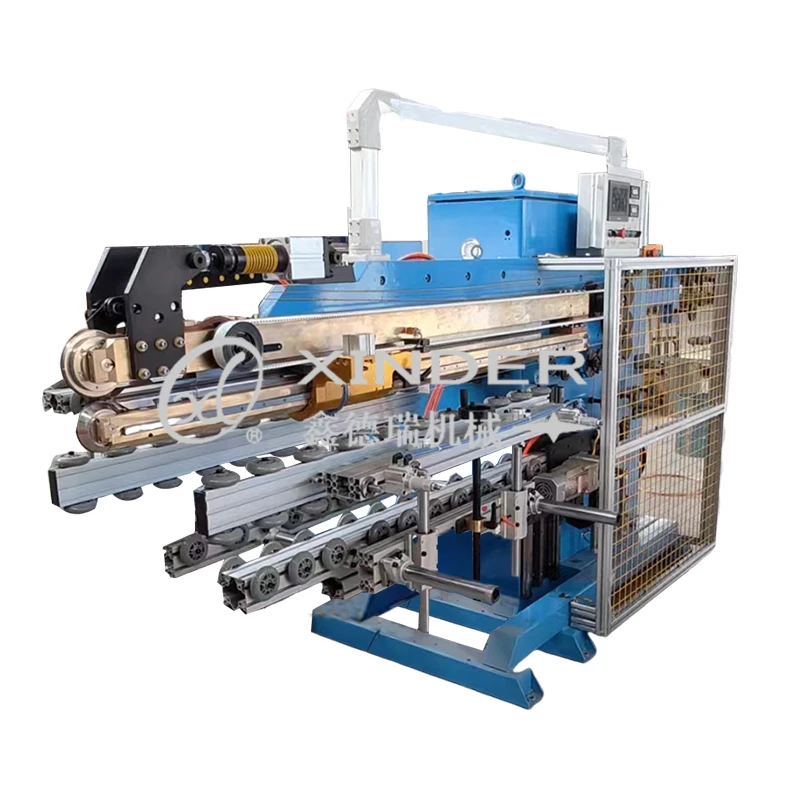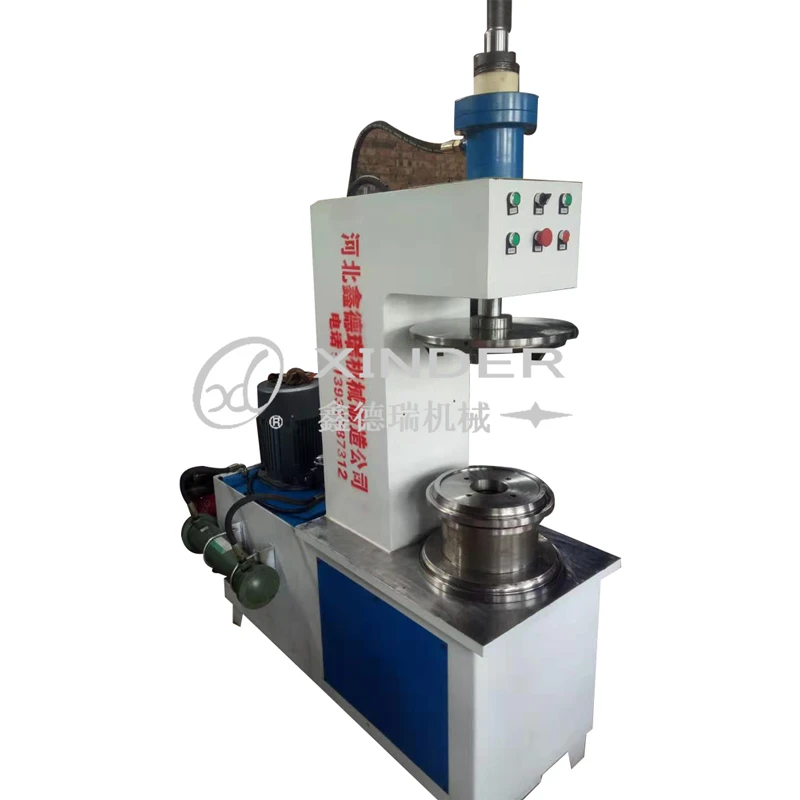-
 8613931787312
8613931787312 -
 Botou Industrial Zone on the east side of National Highway 104, Botou City, Hebei Province
Botou Industrial Zone on the east side of National Highway 104, Botou City, Hebei Province
- Afrikaans
- Albanian
- Amharic
- Arabic
- Armenian
- Azerbaijani
- Basque
- Belarusian
- Bengali
- Bosnian
- Bulgarian
- Catalan
- Cebuano
- Corsican
- Croatian
- Czech
- Danish
- Dutch
- English
- Esperanto
- Estonian
- Finnish
- French
- Frisian
- Galician
- Georgian
- German
- Greek
- Gujarati
- haitian_creole
- hausa
- hawaiian
- Hebrew
- Hindi
- Miao
- Hungarian
- Icelandic
- igbo
- Indonesian
- irish
- Italian
- Japanese
- Javanese
- Kannada
- kazakh
- Khmer
- Rwandese
- Korean
- Kurdish
- Kyrgyz
- Lao
- Latin
- Latvian
- Lithuanian
- Luxembourgish
- Macedonian
- Malgashi
- Malay
- Malayalam
- Maltese
- Maori
- Marathi
- Mongolian
- Myanmar
- Nepali
- Norwegian
- Norwegian
- Occitan
- Pashto
- Persian
- Polish
- Portuguese
- Punjabi
- Romanian
- Russian
- Samoan
- scottish-gaelic
- Serbian
- Sesotho
- Shona
- Sindhi
- Sinhala
- Slovak
- Slovenian
- Somali
- Spanish
- Sundanese
- Swahili
- Swedish
- Tagalog
- Tajik
- Tamil
- Tatar
- Telugu
- Thai
- Turkish
- Turkmen
- Ukrainian
- Urdu
- Uighur
- Uzbek
- Vietnamese
- Welsh
- Bantu
- Yiddish
- Yoruba
- Zulu
Automated Resistance Welding Equipment High-Efficiency & Precision Solutions Brand
- Industry data and market growth of advanced welding systems
- Core technological innovations transforming industrial joining
- Comparative analysis of leading equipment manufacturers
- Industry-specific customization capabilities
- Implementation case studies across key sectors
- Integration challenges and technical solutions
- Future innovations in robotic welding technology

(automated resistance welding equipment)
The Industrial Transformation Driven by Automated Resistance Welding Equipment
Global manufacturing has witnessed a 47% surge in adoption of automated resistance welding equipment
since 2020, according to the International Welding Society. Automotive giants now utilize over 5,000 robotic welding stations per production facility, while aerospace manufacturers report 35% faster assembly times. This shift responds to labor shortages affecting 82% of industrial employers and quality consistency demands from Tier-1 suppliers.
Unprecedented Technical Capabilities
Modern resistance welding equipment incorporates AI-driven adaptive control systems that self-correct parameters during operation. These sophisticated machines deliver electrode forces ranging from 1.5-8.0 kN with precision tolerances within ±2%. Advanced models feature proprietary current monitoring technology that analyzes 4,000 data points per second, detecting subsurface flaws undetectable to conventional systems. Compared to manual welding, these installations demonstrate 99.98% repeatability and consume 29% less energy per weld cycle.
Manufacturer Capabilities Comparison
| Manufacturer | Cycle Speed (welds/min) | Max Electrode Force | AI Integration | Industry Certifications |
|---|---|---|---|---|
| WeldTech Pro | 85 | 9.5 kN | Level 3 | AS9100, IATF |
| FusionAuto Systems | 72 | 7.2 kN | Level 2 | ISO 3834 |
| RoboWeld Solutions | 105 | 8.7 kN | Level 4 | ISO 14731 |
Tailored Industrial Solutions
Leading suppliers now offer modular resistance spot welding equipment configurations with material-specific parameter libraries containing over 400 pre-set combinations. Specialized packages exist for various industries:
• Medical device manufacturers receive micro-welding stations handling components from 0.2-5mm thickness
• Energy sector installations include explosion-proof configurations for battery welding
• High-volume consumer electronics lines implement 12-axis systems for complex geometries
Implementation Success Stories
Bavarian AutoWorks integrated resistance welding equipment into their chassis line, reducing process variation from 32% to under 5% while eliminating thermal distortion. After implementation, they reported:
• 17% reduction in rework costs ($2.3M annual savings)
• 41% decrease in weld-related warranty claims
• 86% faster changeovers between product variants
Integration Management Strategies
Production engineers should anticipate facility-specific challenges when deploying resistance welding equipment. Thermal management requires advanced cooling systems capable of dissipating 4.5 kW heat loads. Preventative maintenance protocols must include electrode dressing every 3,500 cycles and force calibration every fortnight. Successful implementations typically feature cross-trained technicians with expertise in industrial robotics and welding metallurgy.
Innovations Reshaping Resistance Welding Equipment
Research from MIT's Manufacturing Lab reveals forthcoming developments in resistance welding technology. Solid-state power systems will eliminate transformers, reducing weight by 63%. Machine learning algorithms are being trained to predict electrode degradation patterns with 97% accuracy before failure occurs. European initiatives are testing cobot-assisted micro resistance spot welding equipment that operates safely alongside technicians without safety barriers.

(automated resistance welding equipment)
FAQS on automated resistance welding equipment
Q: What is automated resistance welding equipment?
A: Automated resistance welding equipment uses robotics and programmable controls to perform welding tasks without manual intervention. It employs electrical current and pressure to join metal parts, ensuring consistent welds. This technology is ideal for high-volume production lines like automotive manufacturing.
Q: How does resistance spot welding equipment differ from other resistance welding types?
A: Resistance spot welding equipment specifically focuses on creating localized welds (or "spots") at discrete points on overlapping metal sheets. Unlike seam welding tools, it doesn’t produce continuous joints. Its precision makes it popular for sheet metal assembly, such as car body fabrication.
Q: What industries benefit most from resistance welding equipment?
A: Automotive manufacturing relies heavily on resistance welding equipment for body-in-white assemblies. Aerospace, appliance production, and electronics sectors also use it for fast, reliable component joining. Its repeatability suits high-speed, precision-dependent applications.
Q: What safety protocols are critical for automated resistance welding equipment?
A: Operators must implement machine guarding to prevent contact with moving parts during automated cycles. Electrical safety procedures (like lockout/tagout) are essential when maintaining electrode systems. Regular inspections of water-cooling systems avoid overheating risks during extended operation.
Q: How do I select appropriate resistance welding equipment for factory automation?
A: Evaluate production volume requirements and material thickness compatibility first. Look for systems with adaptive feedback controls that self-correct for electrode wear or material variations. Ensure integration capabilities with existing production-line robots and quality-monitoring software.
-
Understanding Automatic Seam Welding Machines: A Game Changer in Welding TechnologyNewsJul.18,2025
-
Revolutionizing Packaging: The Role of Welding Machines in Steel and Tin Can ManufacturingNewsJul.18,2025
-
Precision in Motion: Exploring Seam Welding Machines for Industrial FabricationNewsJul.18,2025
-
Mastering Precision Bending: A Guide to Tube Benders and Their TypesNewsJul.18,2025
-
Inside the World of Barrel Manufacturing: Machines, Lines, and CostsNewsJul.18,2025
-
Exploring the Technology Behind Elbow Bending Machines in Pipe ManufacturingNewsJul.18,2025
-
Unlocking the Power of Light: Exploring Modern Laser Welding SolutionsNewsJul.15,2025
-
 Pneumatic Handle Welding MachineSep . 13, 2024
Pneumatic Handle Welding MachineSep . 13, 2024 -
 Fully Automatic Kaiping Production LineOct . 17, 2024
Fully Automatic Kaiping Production LineOct . 17, 2024 -
 Fully Automatic Metal Bucket Lifting HeadphonesSep . 14, 2024
Fully Automatic Metal Bucket Lifting HeadphonesSep . 14, 2024

